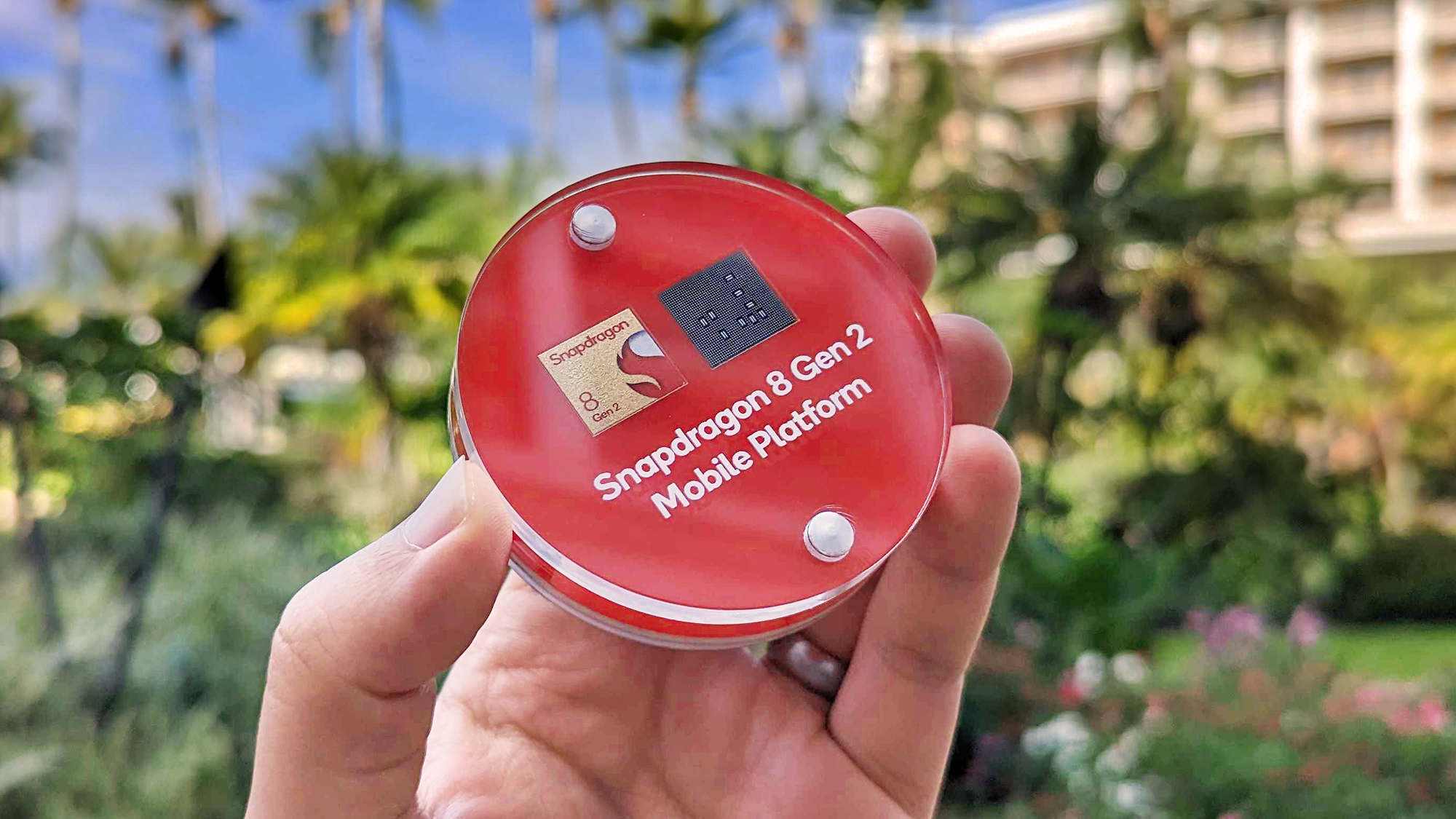Why Qualcomm taking away your SIM card might be a bad idea
Android phones could have the same travel problem as eSIM

Qualcomm revealed this week during MWC 2023 that it will be adding the “world’s first commercially deployable iSIM” (Integrated SIM) to its Snapdragon 8 Gen 2 Mobile Platform.
In other words, Android phones with this chipset will be ditching swappable SIM cards, opting for a hardware solution instead. Qualcomm accomplished this thanks to some help from French electronics company Thales Group, a name that most people probably won’t recognize but may be familiar with its tech. That’s because Thales is the same company behind eSIM (Embedded SIM) which is present on the iPhone 14 line. Essentially, Qualcomm is bringing Apple tech to Android. The difference with this new hardware is it will be integrated (hence the name iSIM) onto the processor of the Snapdragon 8 Gen 2 rather than existing as its own chip on the motherboard.
iSIM benefits
On the surface, moving the location of the internal SIM card may seem rather arbitrary; however, according to a post from Thales, there are several benefits. For starters, “it saves space by eliminating the need for a separate component” allowing phone manufacturers the opportunity “to create smaller, more compact devices”. The result is a structurally sound phone that's more resistant to damage from dust and water while also being “easier to carry”.
The other big benefit Thales touts is increased security. It claims that since the iSIM is embedded directly into the Snapdragon 8 Gen 2, bad actors or whoever will have a more difficult time trying to gain unauthorized access to a device. The technology also reportedly allows “over-the-air provisioning, making it easier for carriers to manage their customers’ devices.”
Travel woes
Not every Android user may welcome this news, though.
There is the potential issue of iSIM phones not working in other countries. People who travel overseas often purchase prepaid SIM cards so they can continue using their phones without having to shell out a ton of money to their cellular provider for roaming fees. Obviously, you can’t do this on eSIM phones since the chip is directly connected to the hardware. So what if the same thing occurs on iSIM devices?
The post does say the technology can connect to multiple carriers; a feature Thales specifically calls out as “useful for customers who frequently travel internationally”. It claims users will be able to “switch carriers as needed without purchasing a new SIM card”. However, that’s contingent on other countries supporting iSIM in the first place. For example, if you look at the regions and carriers that support Apple’s eSIM, there isn't a lot to choose from. The United States offers the most widespread support with multiple carriers supporting the tech. However, across Europe and Asia, the support pool is much smaller.
Get daily insight, inspiration and deals in your inbox
Sign up for breaking news, reviews, opinion, top tech deals, and more.
It’s unknown when and where the first iteration of iSIM will roll out. Qualcomm does state it predicts “global iSIM shipments” to hit 300 million by 2027, so maybe within the next four years or so. Hopefully, by then, support won’t be as limited.

Cesar Cadenas has been writing about the tech industry for several years now specializing in consumer electronics, entertainment devices, Windows, and the gaming industry. But he’s also passionate about smartphones, GPUs, and cybersecurity.